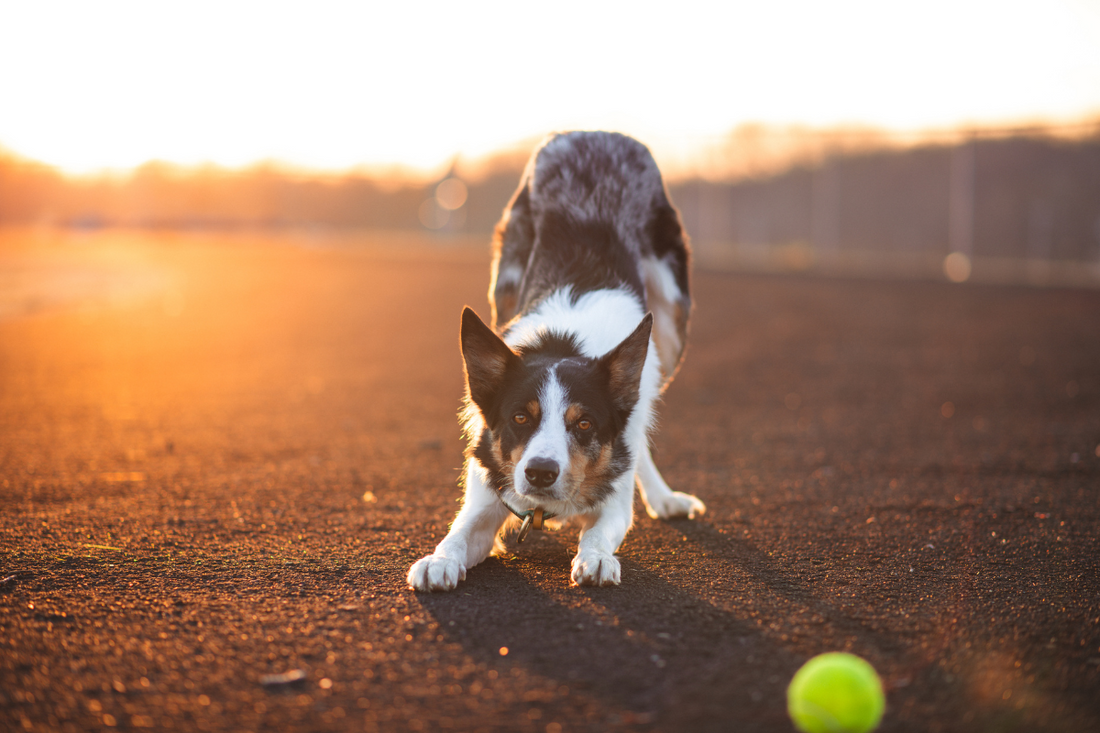
The Joy of Training Dogs: Building a Bond and a Well-Behaved Pup
Training your dog isn’t just about teaching tricks—it’s a journey that deepens the bond between you and your furry friend while creating a harmonious home. In this post, we’ll explore why dog training is essential, discuss some effective training techniques, and share tips to overcome common challenges. Whether you’re a first-time dog owner or looking to refresh your training routine, this guide will help you create a positive environment for your dog to thrive.
Why Train Your Dog?
Training is more than just obedience; it’s about establishing clear communication and mutual respect. When your dog understands what is expected, everyday activities—like walks, meal times, or meeting guests—become more enjoyable and stress-free for everyone involved. Moreover, training enhances your dog’s mental and physical well-being, reduces behavior problems, and builds a lasting bond.
Essential Training Techniques
1. Positive Reinforcement
One of the most effective and humane methods is positive reinforcement. This approach rewards good behavior with treats, praise, or play. By consistently rewarding your dog, you help them understand which behaviors are desirable. For instance, when your dog sits on command, a small treat or a few affectionate words signal that they’ve done something right.
2. Clicker Training
Clicker training is a specific form of positive reinforcement that uses a small device—a clicker—to mark the exact moment your dog performs the desired behavior. The click acts as a bridge between the behavior and the reward, allowing your dog to quickly connect the dots. Over time, as your dog learns, you can phase out the clicker and rely solely on verbal praise.
3. Lure, Capture, and Shaping
- Lure: Use a treat or a toy to guide your dog into a position, such as sitting or lying down.
- Capture: Wait until your dog naturally performs a desired behavior (like sitting) and then reward them.
- Shaping: Gradually reward behaviors that increasingly resemble your target behavior. This technique is especially useful when teaching complex tricks.
Tips for Success
Keep Sessions Short and Fun
Dogs, especially puppies, have short attention spans. Aim for training sessions that last between 5–10 minutes and always end on a positive note. This way, your dog stays engaged and looks forward to each session.
Consistency is Key
Use the same commands and hand signals every time. Consistency helps your dog understand what’s expected and reinforces their learning. Whether you’re at home or in a public space, a consistent routine builds confidence.
Socialize Gradually
Socialization is an integral part of training. Expose your dog to different environments, people, and other dogs in a controlled manner. This not only builds their confidence but also helps them adapt to new situations without becoming overwhelmed.
Patience and Positivity
Every dog learns at its own pace. Celebrate small victories and be patient during setbacks. A calm, positive attitude from you will encourage your dog to keep trying and build trust over time.
Overcoming Common Challenges
Even with the best methods, challenges are bound to arise. If your dog seems distracted or disinterested, consider:
- Adjusting the Environment: Remove distractions and start in a quiet area.
- Switching Rewards: Experiment with different treats or toys until you find what motivates your dog the most.
- Taking a Break: If frustration builds on either side, it’s okay to pause and resume later.
Final Thoughts
Training your dog is a rewarding process that improves both behavior and your relationship. Remember, the goal isn’t perfection—it’s progress. With consistent, positive training, your dog will become a happy, well-behaved companion, and you’ll enjoy a more fulfilling journey together.
Happy training, and enjoy every step of the journey with your four-legged friend!
